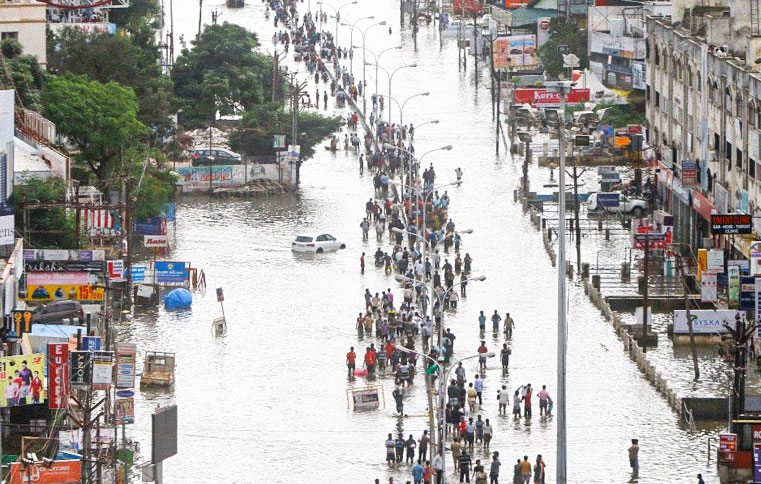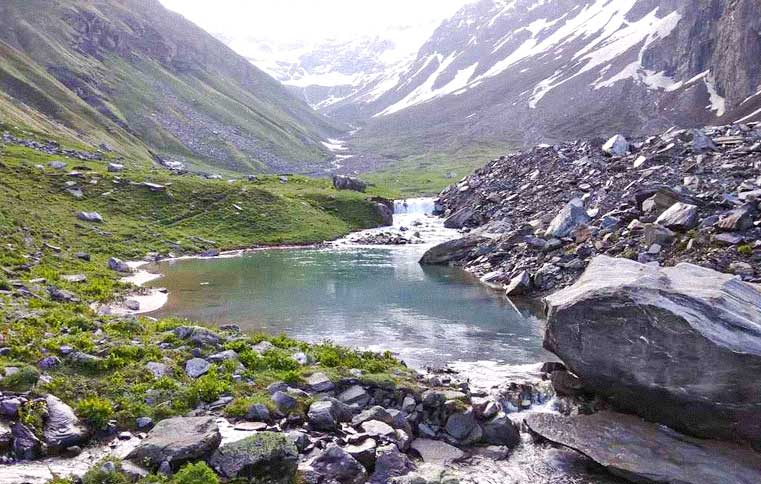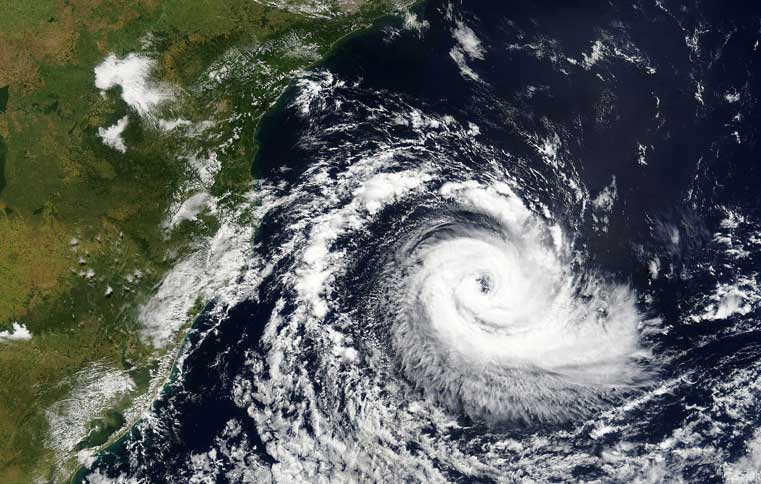Bright & sunny to dark & windy, how weather changed in single day at Pune?
By: Harshita Rana | Date: 6th March 2020
 Image: The Punekar
Image: The Punekar
Climate Change is blamable for weather changes in Pune, from bright and sunny to dark and windy, all in a single day. And not just this, but lately, also for the increased intensity of rainfall and urban floods.
In an interview with Times of India, Chandra Bhushan, the Deputy Director General of the Centre for Science and Environment (CSE), explained how climate change is responsible for the increased rains. According to him, there are four major issues: poor urban planning, encroachment of water bodies, increase in extreme weather events and lack of preparedness.
CSE’s expert on water, Susmita Sengupta, also elaborated that since groundwater was never considered an important source of water supply, its replenishment has always been neglected by the urban planners.
They value land over water, and to comeback such people our system lacks any legal protection for city lakes, catchment area, and drainage systems. Waterbodies and their catchment get encroached upon or taken away for housing and other purposes, and the natural drainage system gets modified to fit in their plans.
According to a research on sustainable urban ecology by Shalini Saksena, an associate professor from Delhi, climate change has caused variations in the local rainfall patterns, which is further responsible for flash flooding and increased water levels in rivers and seas, creating more damages.
It was only after 2005 Mumbai floods that urban floods were recognized as a disaster and separate guidelines were laid out by the National Disaster Management Authority.
Pune city is experiencing a threat of frequent flash floods, river flooding and urban flooding, which is nothing but a result of various human activities, including rampant construction in floodplains and haphazard land reclamation.
Pune Municipal Corporation (PMC) has admitted that haphazard urbanization and unscientific development has caused immense damage to the carrying capacity of nullahs and drains in the city.
The demand for land has increased and increased paved areas and development is putting excess load on the existing drains, causing water to flow on the roads. The width of the river and nullahs has been reduced due to encroachment, resulting in the emergence of areas that are prone to flooding even during moderate rainfall.
The PMC-appointed Prim-Move agency has divided the city into 23 watersheds. They found out the areas where nullahs have been encroached upon, of the 362.11 km area covered by 234 nullahs, 15.93km stretch is fully obstructed while 15.89km is partially encroached upon.
Devastating floods, waterlogging, caving of hillocks, depleting water table and vanishing green cover have now become common traits of almost all the big cities including Pune, creating a massive stress on urban ecology.
Thus creating an urgency for the civic administration to look into the matter. Because if the encroachments and debris dumping in water bodies continues unabated, citizens will have to pay a heavy price eventually.












